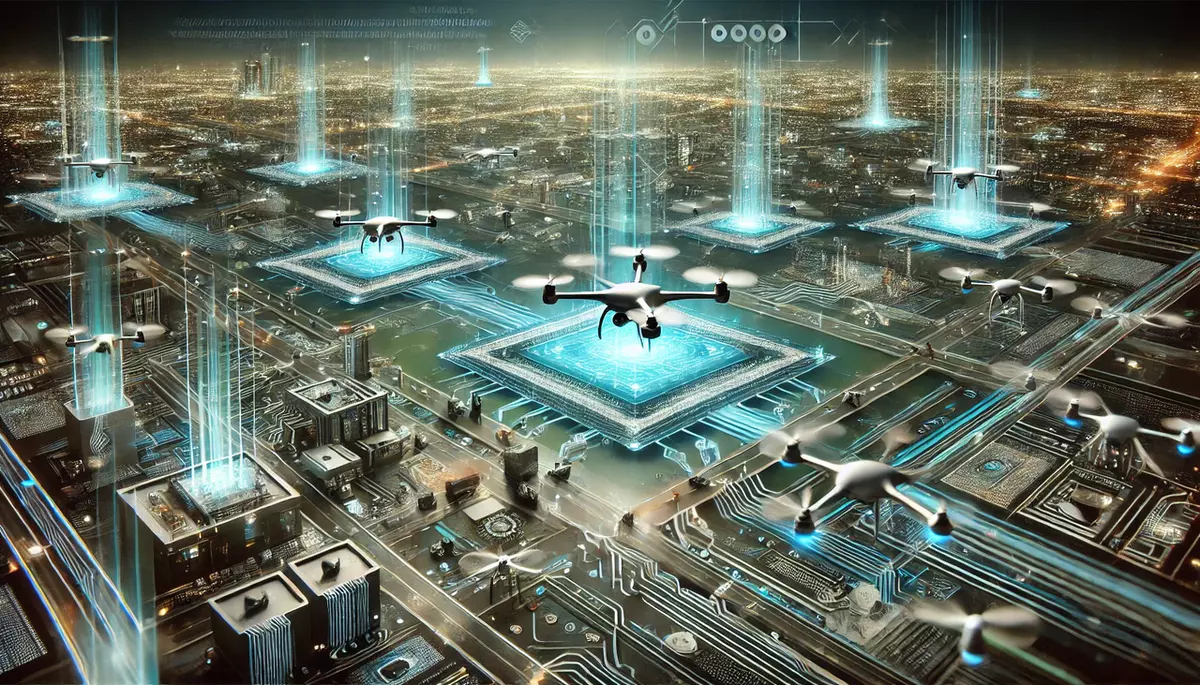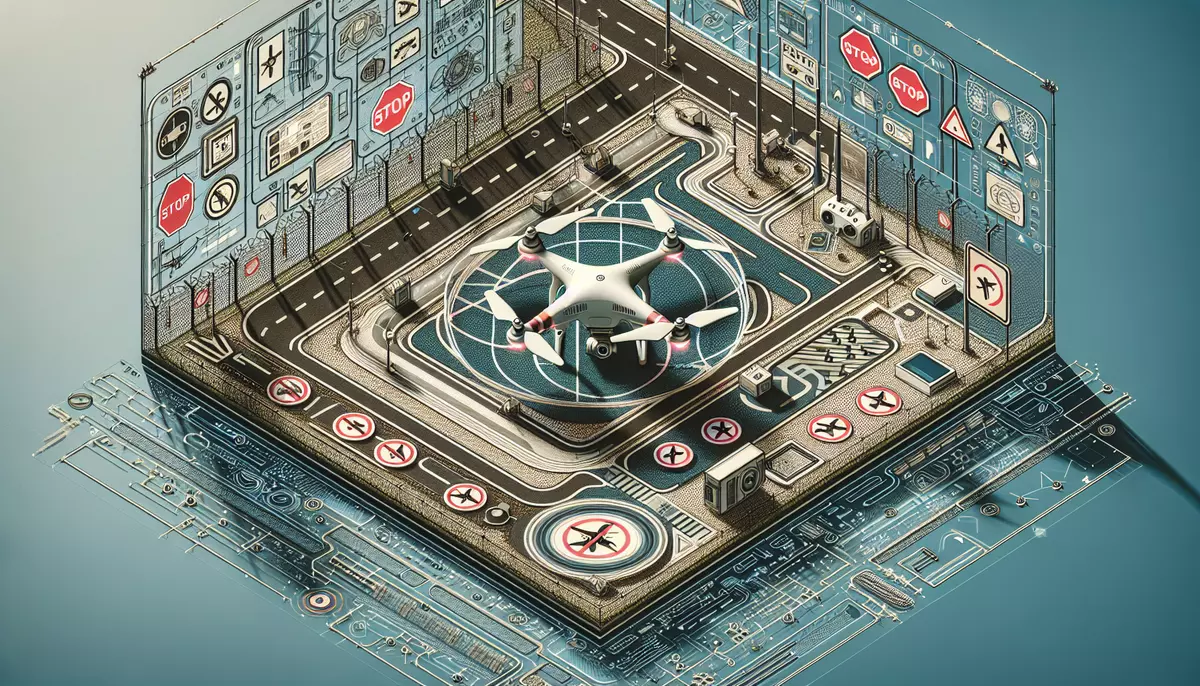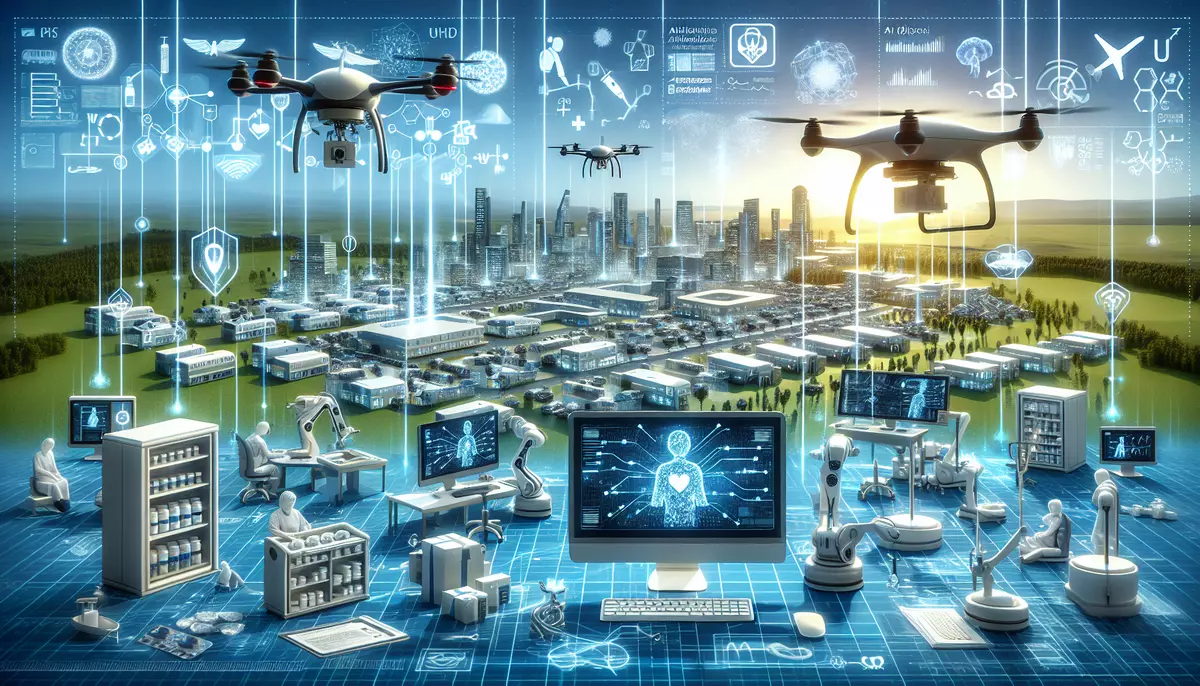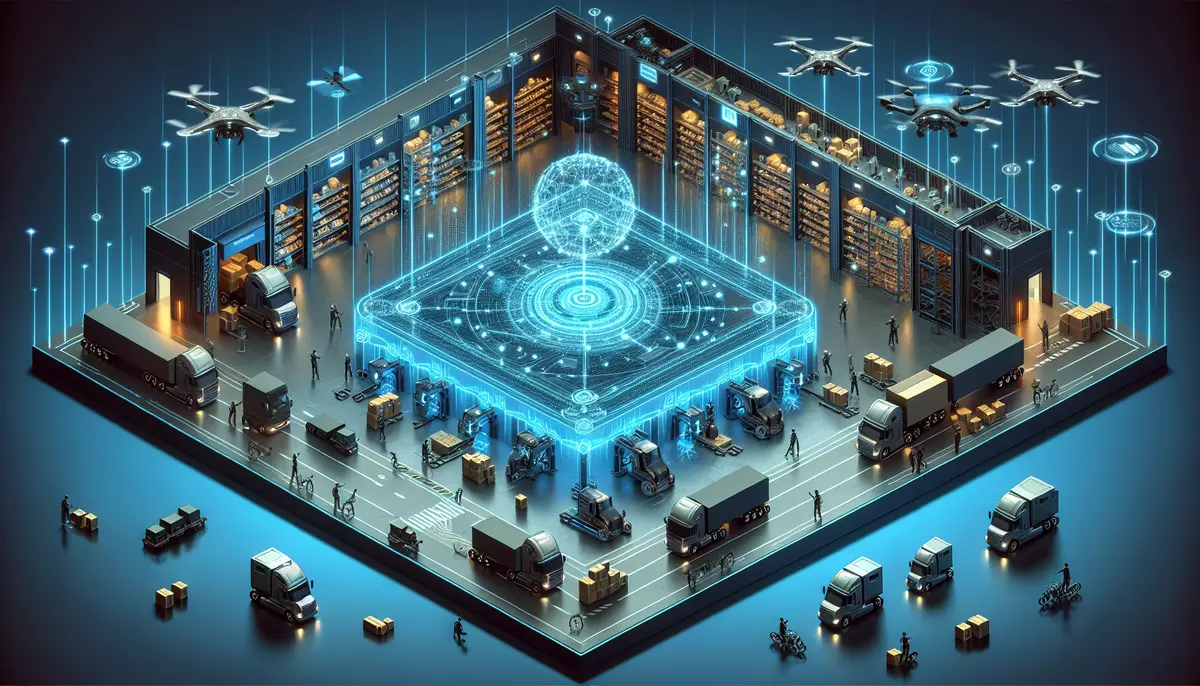Introduction
Artificial Intelligence (AI) is revolutionizing the field of precision agriculture, enabling farmers to optimize crop production, reduce resource consumption, and enhance overall efficiency. This knowledge article explores the various applications of AI in precision agriculture, its benefits, and the challenges associated with its implementation.
What is AI in Precision Agriculture?
Precision agriculture is an approach that uses technology to optimize agricultural practices and resource management. AI, with its ability to analyze vast amounts of data, recognize patterns, and make informed decisions, has become a crucial component of precision agriculture.
Key Applications of AI in Precision Agriculture:
- Predictive Analytics: AI-powered predictive models can forecast crop yields, weather patterns, and pest infestations, allowing farmers to make more informed decisions.
- Autonomous Farming: AI-driven autonomous vehicles and drones can perform tasks such as planting, spraying, and harvesting with precision and efficiency.
- Precision Irrigation: AI algorithms can optimize irrigation schedules and water usage based on soil moisture, weather data, and plant needs.
- Crop Monitoring: AI-powered sensors and computer vision can detect plant health, identify pests and diseases, and monitor crop growth in real-time.
- Precision Fertilization: AI can analyze soil and plant data to determine the optimal fertilizer application rates, reducing waste and environmental impact.
Benefits of AI in Precision Agriculture
The integration of AI in precision agriculture offers numerous benefits to farmers, the environment, and the overall food production system:
Improved Productivity and Efficiency:
- Increased crop yields through optimized resource management and decision-making.
- Reduced labor and operational costs through automation and optimization.
- Enhanced precision in tasks such as planting, spraying, and harvesting.
Sustainable Resource Management:
- Reduced water, fertilizer, and pesticide usage through precision-based applications.
- Improved soil health and conservation through data-driven practices.
- Decreased environmental impact and carbon footprint.
Enhanced Decision-Making:
- Timely and accurate insights for informed decision-making.
- Proactive risk management through predictive analytics.
- Personalized recommendations based on individual farm conditions.
Challenges and Considerations
While the benefits of AI in precision agriculture are substantial, there are also challenges and considerations that must be addressed:
Technological Barriers:
- Availability and integration of advanced sensors and IoT devices.
- Reliable data collection and management across diverse farm environments.
- Scalability and interoperability of AI-powered systems.
Adoption and Accessibility:
- Farmer education and training on AI-based technologies.
- Affordability and accessibility of AI-powered solutions for small-scale farmers.
- Regulatory and policy considerations for the deployment of AI in agriculture.
Ethical and Privacy Concerns:
- Data privacy and security in the collection and use of farm data.
- Transparency and accountability in AI-driven decision-making processes.
- Potential job displacement due to increased automation.
Future Outlook and Trends
The integration of AI in precision agriculture is expected to continue evolving, with advancements in the following areas:
Emerging Technologies:
- Advancements in sensor technology and the Internet of Things (IoT).
- Integration of satellite and drone imagery for comprehensive data collection.
- Development of more sophisticated AI algorithms and machine learning models.
Collaborative Ecosystems:
- Partnerships between technology companies, research institutions, and agricultural organizations.
- Shared data platforms and knowledge-sharing initiatives to drive innovation.
- Policies and regulations that support the responsible deployment of AI in agriculture.
Personalized and Adaptive Solutions:
- Customized AI-powered systems that adapt to the unique characteristics of individual farms.
- Predictive models that continuously learn and improve based on real-time data.
- Integrated decision support systems that provide holistic recommendations.
Conclusion
The integration of AI in precision agriculture has the potential to transform the agricultural industry, driving increased productivity, sustainable resource management, and enhanced decision-making. As the technology continues to evolve, it is crucial for farmers, policymakers, and technology providers to work together to address the challenges and unlock the full potential of AI in this vital sector.
This knowledge base article is provided by Fabled Sky Research, a company dedicated to exploring and disseminating information on cutting-edge technologies. For more information, please visit our website at https://fabledsky.com/.
References
- Fountas, S., Carli, G., Sørensen, C. G., Tsiropoulos, Z., Cavalaris, C., Vatsanidou, A., … & Tisserye, B. (2015). Farm management information systems: Current situation and future perspectives. Computers and Electronics in Agriculture, 115, 40-50.
- Liakos, K. G., Busato, P., Moshou, D., Pearson, S., & Bochtis, D. (2018). Machine learning in agriculture: A review. Sensors, 18(8), 2674.
- Wolfert, S., Ge, L., Verdouw, C., & Bogaardt, M. J. (2017). Big data in smart farming–a review. Agricultural Systems, 153, 69-80.
- Kamilaris, A., Kartakoullis, A., & Prenafeta-Boldú, F. X. (2017). A review on the practice of big data analysis in agriculture. Computers and Electronics in Agriculture, 143, 23-37.
- Talaviya, T., Shah, D., Patel, N., Yagnik, H., & Shah, M. (2020). Implementation of artificial intelligence in agriculture for optimisation of irrigation and application of pesticides and herbicides. Artificial Intelligence in Agriculture, 4, 58-73.


























